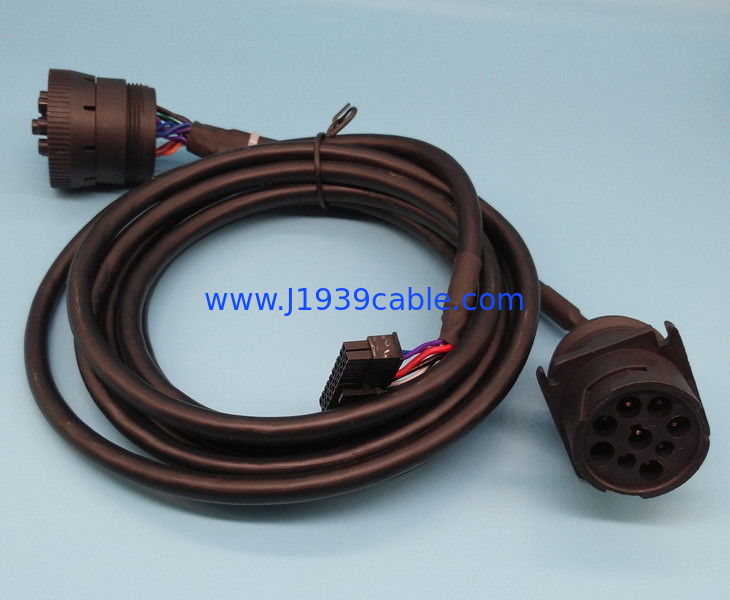
9 PIN MOLEX CONNECTOR SERIAL
Many modern motherboards are phasing out the PS/2-style keyboard and mouse connectors in favor of the more modern Universal Serial Bus. AT systems used a 5-pin DIN connector for the keyboard and were generally used with serial port mice (although PS/2 mouse ports were also found on some systems).

Some ATX motherboards come with an integrated I/O plate.ĪTX also made the PS/2-style mini-DIN keyboard and mouse connectors ubiquitous. Panels were made that allowed fitting an AT motherboard in an ATX case. The computer will operate correctly without a plate fitted, although there will be open gaps in the case which may compromise the EMI/RFI screening and allow ingress of dirt and random foreign bodies. If necessary, I/O plates can be replaced to suit a motherboard that is being fitted the I/O plates are usually included with motherboards not designed for a particular computer.

Cases are usually fitted with a snap-out panel, also known as an I/O plate or I/O shield, in one of the common arrangements. Any other onboard interfaces (such as serial and parallel ports) had to be connected via flying leads to connectors which were mounted either on spaces provided by the case or brackets placed in unused expansion slot positions.ĪTX allowed each motherboard manufacturer to put these ports in a rectangular area on the back of the system with an arrangement they could define themselves, though a number of general patterns depending on what ports the motherboard offers have been followed by most manufacturers. Originally AT style cases had only a keyboard connector and expansion slots for add-on card backplates. On the back of the computer case, some major changes were made to the AT standard. As of 2022, the ATX design still remains the de facto standard for personal computers.ĪTX I/O plates for motherboard rear connectors While some manufacturers adopted the new standard, Intel discontinued any future development of BTX in 2006. In 2004, Intel announced the BTX (Balanced Technology eXtended) standard, intended as a replacement for ATX. While some dual CPU socket motherboards have been implemented in ATX, the extra size of EATX makes it the typical form factor for dual socket systems, and with sockets that support four or eight memory channels, for single socket systems with a large number of memory slots. The most recent ATX12V power supply unit specification is ATX 3.0 released in February 2022.ĮATX (Extended ATX) is a bigger version of the ATX motherboard with 12 × 13 in (305 × 330 mm) dimensions. The most recent ATX motherboard specification is version 2.2. The ATX specifications were released by Intel in 1995 and have been revised numerous times since. Dimensions of a full-size ATX board are 12 × 9.6 in (305 × 244 mm), which allows many ATX chassis to accept microATX boards.


Other standards for smaller boards (including microATX, FlexATX, nano-ITX, and mini-ITX) usually keep the basic rear layout but reduce the size of the board and the number of expansion slots. The specification defines the dimensions the mounting points the I/O panel and the power and connector interfaces among a computer case, a motherboard, and a power supply.ĪTX is the most common motherboard design. It was the first major change in desktop computer enclosure, motherboard and power supply design in many years, improving standardization and interchangeability of parts. Comparison of some common motherboard form factors (pen for scale)ĪTX ( Advanced Technology eXtended) is a motherboard and power supply configuration specification developed and patented by Intel in 1995 to improve on previous de facto standards like the AT design.


 0 kommentar(er)
0 kommentar(er)
